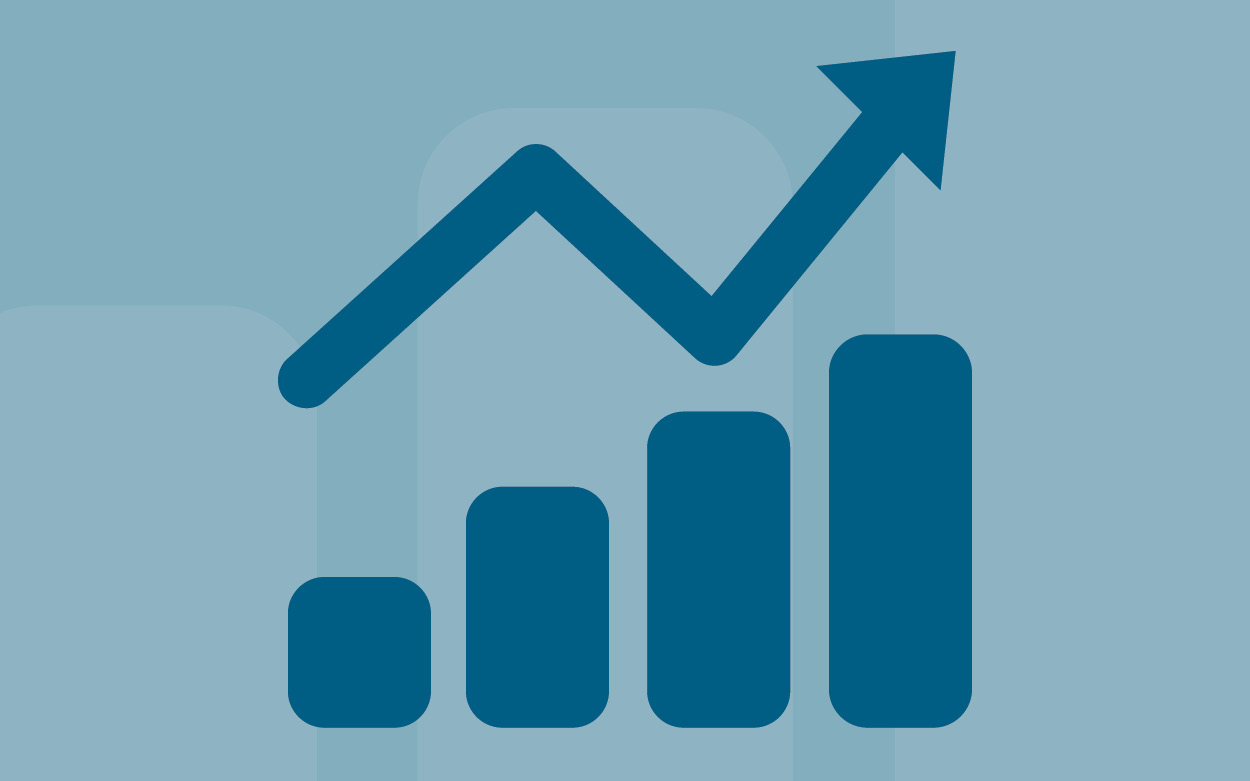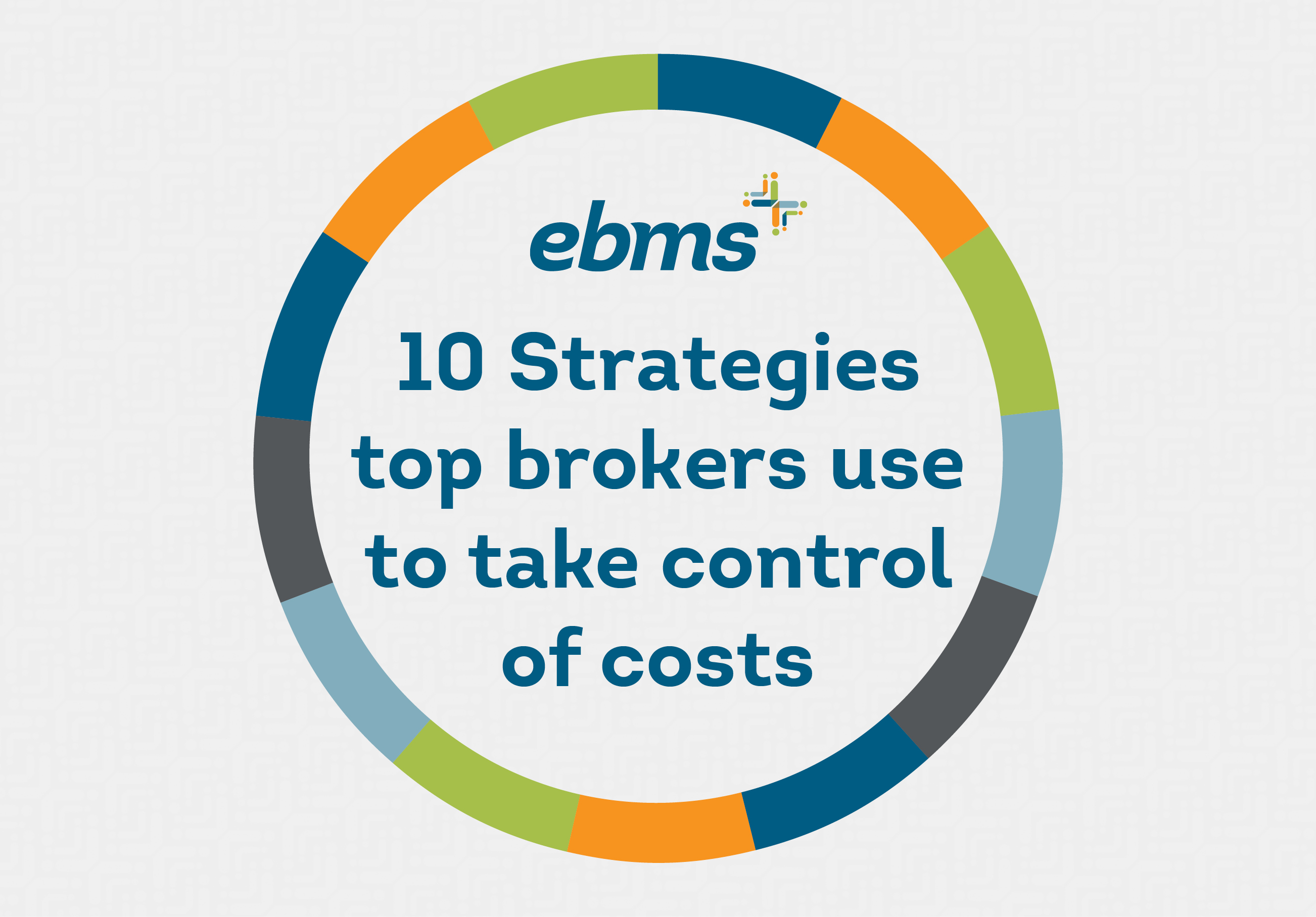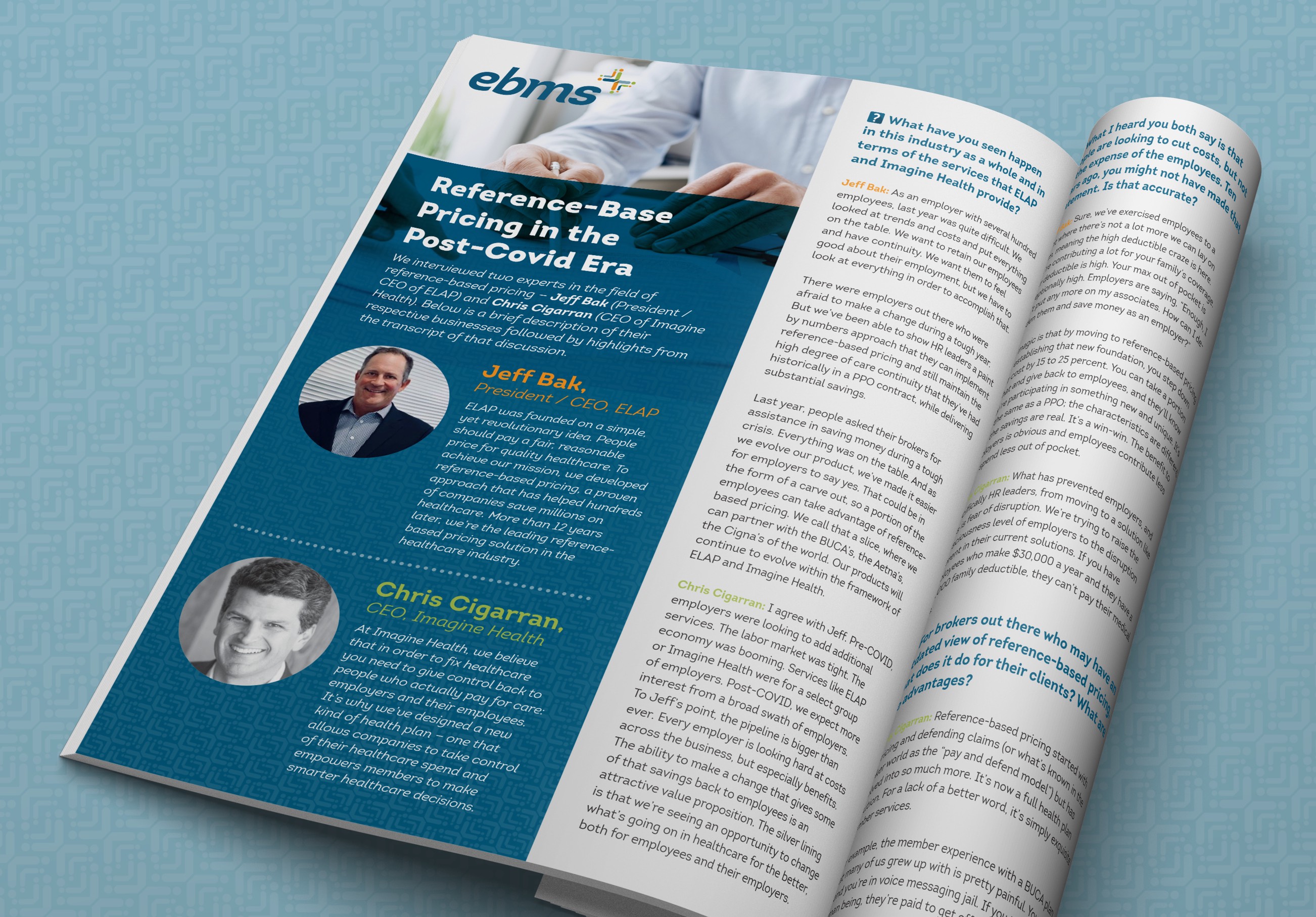Advanced Data Analytics Is Quickly Gaining Favor as a Strategic Tool
October 9th, 2018

In a 2017 report, the consulting firm Capgemini outlined 10 emerging trends in the insurance industry. One of these highlighted trends was “the use of analytics for improved profitability and customer experience.” About the same time, a Deloitte survey of health plan executives found that two-thirds of respondents agreed that “leveraging health data analytics is a top priority.”
THE FACTORS BEHIND THE TREND
One of the key drivers for this trend is the newer reimbursement models, including pay-for-performance and value-based purchasing. The need to keep patients healthier while simultaneously containing costs has given new importance to care management and disease- management programs. Data analytics and predictive modeling can help identify the patient populations that would benefit from these interventions, before a health complication or high-dollar claim occurs. When it comes to patients with chronic conditions, data can facilitate a focus on managing utilization patterns and seeing that care benchmarks are being met – which not only reduces spending but also improves the patient experience by closing care gaps.
“The rewards of data analysis can be huge,” EBMS Chief Information Officer James Vertino says. “Healthier, more satisfied plan members; higher value care; more insight into how well a plan is performing; and more informed decision-making. All of these things are priceless to a self-funded plan sponsor.”
THE CHALLENGES BROUGHT FORWARD BY THE TREND
The Deloitte survey also highlighted some of the challenges inherent to collecting and using data strategically. One of these is finding or training staff analysts who can compile reports and extract meaning from the numbers. This expertise is needed to turn raw data into business intelligence and to apply new insights in ways that can mitigate troubling trends – whether it’s unnecessary ER use, a lack of adherence to a prescription regimen, or high spending on orthopedic surgeries.
“It can be difficult to know how a plan is performing in specific areas,” points out Laura Rookhuizen, an EBMS healthcare informatics analyst. “We all know that healthcare costs in general are on the rise. But do you know how fast your costs are rising as compared to the national average? Do you have on-staff capabilities to determine the clinical drivers of spending, by really drilling into data from claims, prescriptions, lab, and biometric evaluations?”
Another challenge is data quality. It was listed as a top concern by a whopping 60 percent of those surveyed in the Deloitte study. In this context, quality can refer to data accuracy, completeness, relevance, accessibility, and real-time status.

“To use data in meaningful ways, we must become comfortable with the concept of data governance,” Vertino says. “Governance reflects overall management of data assets, including privacy and security. Every organization will need to define its practices and processes for making sure data is available, accessible, accurate, and secure. So it’s somewhat of a rocky path to meaningful data analytics, but it’s a rewarding one.”




